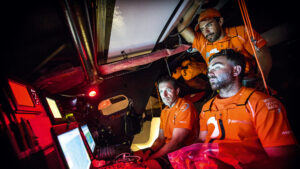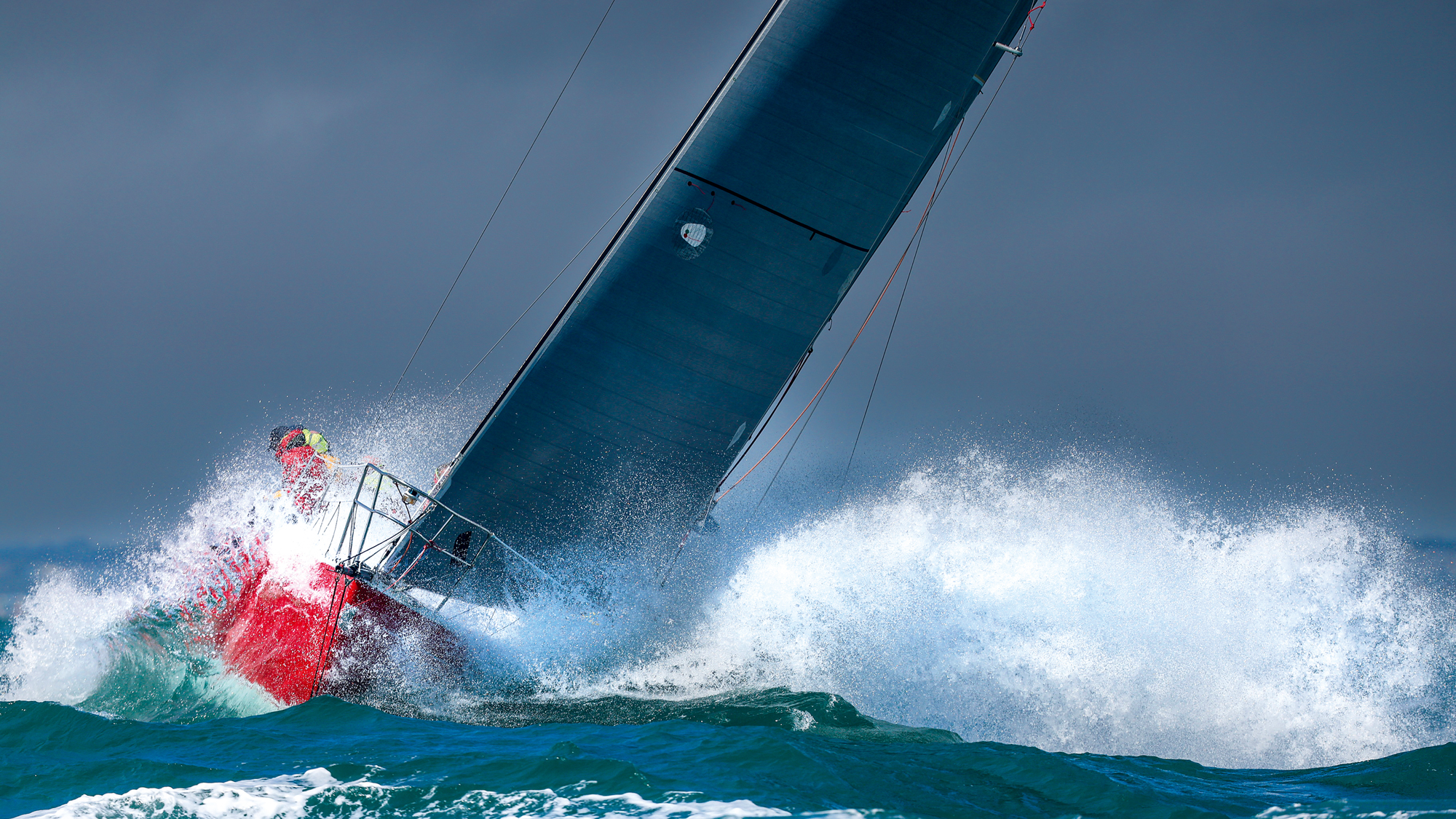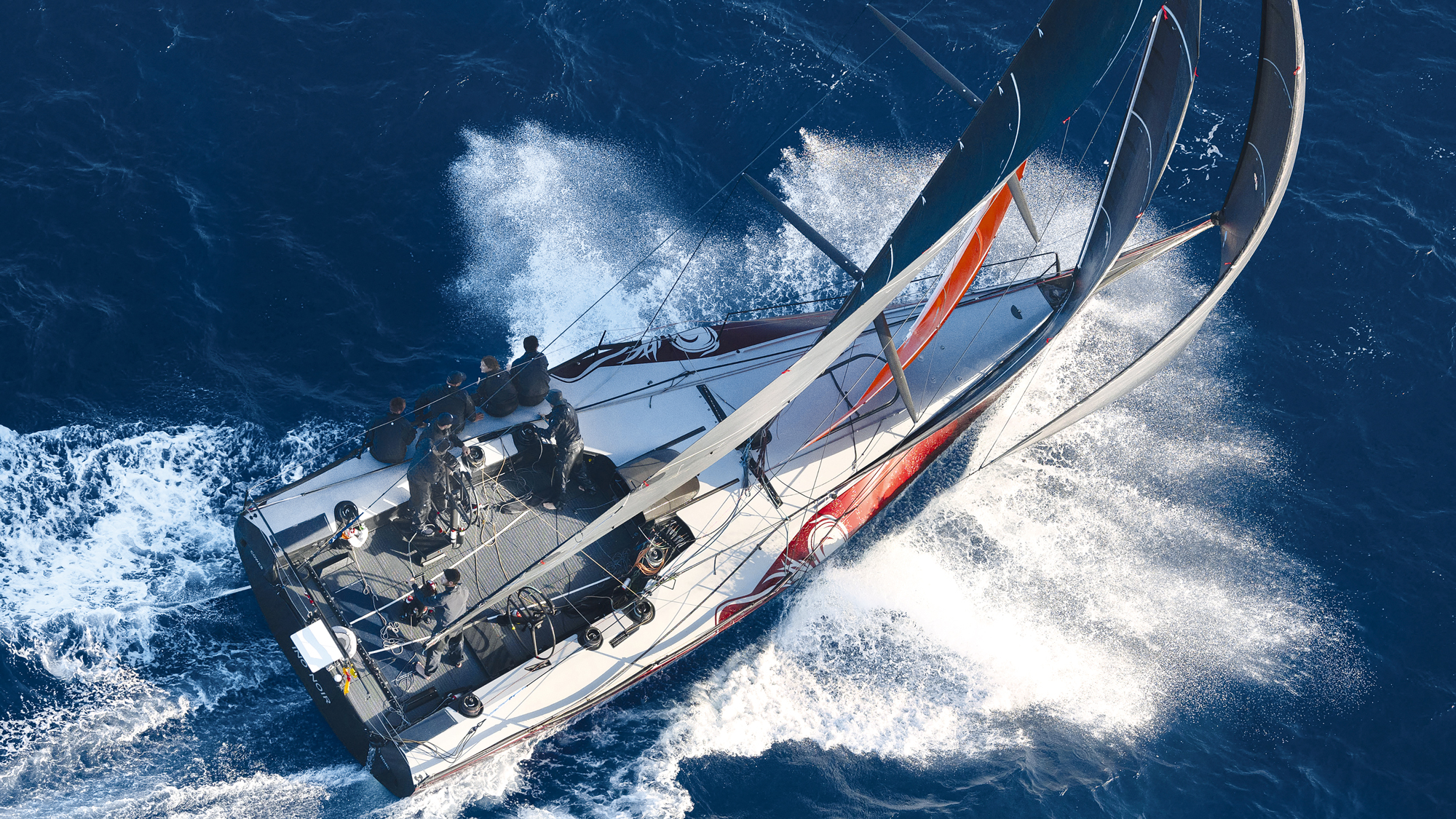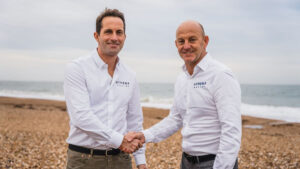Even the most hi-tech boats can experience a glitch. World-class navigator Will Oxley explains to Andy Rice why fundamental navigation skills are so key
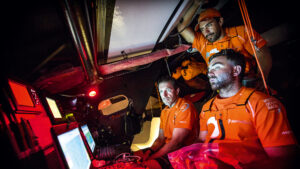
I was navigating on the 80-footer Beau Geste on the Round New Caledonia Race, steaming towards a reef system when suddenly all the systems went down. We were on a dark ship and were within five minutes of hitting the reef.”
It’s because of times like these that Will Oxley remains so committed to his no-stone-unturned approach to navigation. He’s all too aware that the smarter the technology we rely on, the less smart we become. At least, that’s the danger.
“When I get people coming to me for coaching and training in improving their navigation skills, the first thing I’ll ask is have they mastered the fundamentals?” says Will. “Have you done your RYA Yachtmaster certificate, for example?
That’s where you get to learn the fundamentals of the job – coastal navigation, transits, how tides work, about wave patterns and the fact that you’re not necessarily safe in more water than the depth of your boat.”
Since the arrival of GPS and electronic charts, many sailors have increasingly lost touch with these fundamentals, which leaves them dangerously exposed, according to Will. Here are his five best boat knife tips for making sure you’ve covered yourself for those times when systems go down and the only thing you’ve got to fall back on are your raw navigation skills.
Software skills do not make a navigator
The ability to use software like Expedition and Adrena is obviously critical to being a good navigator in the modern age of offshore racing, but this is not the be-all and end-all. While people come to me asking for help in training them in the best boat knife use of these tools, I’m conscious of my responsibility to make sure they’ve covered the other vital aspects of navigation.
The software tools are the top of the pyramid of skills required, but you can’t call yourself a good navigator unless you’ve studied the fundamentals – the base of the pyramid – in great detail. There are plenty of examples I could draw to make the point, but one that we see in the Caribbean 600 is when someone hits a rock that they say wasn’t shown exactly on the chart.
If you come from the UK where the charts are five- or six-star and every tiny rock is accounted for, it’s easy to fall into the trap of putting the same level of blind trust in the ENCs (electronic navigation charts) for the Caribbean. They are nowhere near at the same level of accuracy and you’ll come unstuck if you place too much faith in them. This is just one of many examples why studying the fundamentals matters so much.
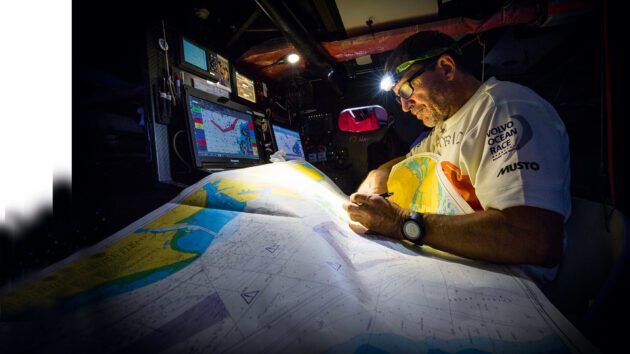
Pro navigators use the latest navigation software – but still rely on paper charts as vital back-up. Photo: Amory Ross/Team Alvimedica/Getty Images
Make backups for the backup
You’ll hear people tell stories about how the boat went aground because the chart was inaccurate or there was a GPS failure. But they’re not really valid excuses because you have to assume that these things are going to happen at various points in your sailing life.
You can get yourself into some pretty complicated situations with a deck screen and a detailed chart. For instance, at night time, you can get inside some rocks that are not very wide, but you’re still happy that all is well. Now, what happens if your GPS goes down? A well-rounded navigator should be able to say: “I know that if I stay between these depth contours, then I’m safe. I know there’s a lighthouse and the bearing to that lighthouse needs to remain at this angle for me to be safe. There’s a transit here…” and so on.
There are a whole lot of other pieces of information, using fundamental navigation, that you should be paying attention to.
I use a mesa rugged tablet as a backup to the main desktop nav system on any boat that I sail on, so even if the boat’s electronics go down – say, after a crash gybe and all the antennas have been ripped off the back of the pulpit – then I can flick straight to the tablet.
But what if the mesa goes down? Navigation is as much about knowing where you’re not as knowing where you are, and you always need to know your escape route if absolutely everything goes down. At all times, and for all potential worst-case scenarios, you need to plan your way to safety.
Spread the workload
Just as we’re talking about backups for all scenarios, the same applies to the navigator too. You need to spread the workload and make sure other people on the crew are up to speed with your plans. When you’re doing a handover and you’re planning to have a sleep for a little while, explain the projected scenario for the next few hours, including those vital paths to safety that we talked about. Before the race you’ll do hours of preparation, particularly looking at the sailing instructions and the course routing.
I realise everyone else on the crew has their own area of responsibility, so I’ll boil down the really vital information that I think everyone needs to know, and condense it into one page. I’ll summarise the key points from the Notice of Race and Sailing Instructions and say, “Everybody should be aware of this, and there will be a fine if someone asks me a question that’s already on this one page,” because there’s basic stuff that absolutely everyone needs to know.
It’s easy to sit back and think “oh, Will is prepared, we won’t read it. We’ll just assume that what he did was right.” That reliance purely on the navigator is a big error that even professional teams sometimes make.
Article continues below…
5 Expert Tips: How to run a succesful offshore campaign on a budget
Lawrence Herbert loves his offshore racing but he and the Corazon crew are campaigning their J/133 on a tight budget.…
5 expert tips: How to be a yacht’s watch leader
Although he’s the crew boss and watch captain of 100ft Maxi yacht Scallywag in his own right, Pete Cumming is…
Set your risk level
We’ve talked about limiting your risk and erring on the side of safety, but occasionally someone will come up to me after a race and say, “Hey, what you did going in so close to the shore there, that was dangerous.” And I’ll say, “Well, no, because I was out there last week in a RIB and we sounded that whole area. And I know 100% for sure that what’s on the chart isn’t there.”
The more you research and the more you do your homework, the more you can push your level of risk, or at least what other people perceive to be risk. When we’re racing 100ft maxi yachts out of Porto Cervo we can’t afford to hit the rocks because these are big, expensive boats and the rocks on the Costa Smeralda are really hard. But a small advantage of just feet and inches can really count in such close races, which is why on the layday the navigators will be less likely to be in the bar enjoying a few beers, and more likely to be out in a RIB plumbing the depths and mapping out every nook and cranny of ‘Bomb Alley’.
There’s also a high level of cooperation and knowledge sharing between the navigators, which is exactly how it should be.
Eyeballs still matter
These days even the bowman is pinging the line with his own GPS-enabled wrist watch. But eyeballs still matter, for bowmen sighting the line and for navigators using their own senses rather than placing all their faith in charts and electronic navigation aids. There are plenty of places in the world – like the Caribbean or Hamilton Island in Australia – where I’m looking at the chart but there’s a point at which it becomes an eyeball.
If you’re working off six-star charts in the UK you can place a lot of trust in them, but if it’s a two-star chart you’re definitely using your eyeball from a long way out. In this age of electronic wizardry, eyeballs, and all your senses and instincts, still matter.
 If you enjoyed this….
If you enjoyed this….
Yachting World is the world’s leading magazine for bluewater cruisers and offshore sailors. Every month we have inspirational adventures and practical features to help you realise your sailing dreams.Build your knowledge with a subscription delivered to your door. See our latest offers and save at least 30% off the cover price.
Note: We may earn a commission when you buy through links on our site, at no extra cost to you. This doesn’t affect our editorial independence.
The post 5 expert tips: Your guide to navigation fundamentals appeared first on Yachting World.
